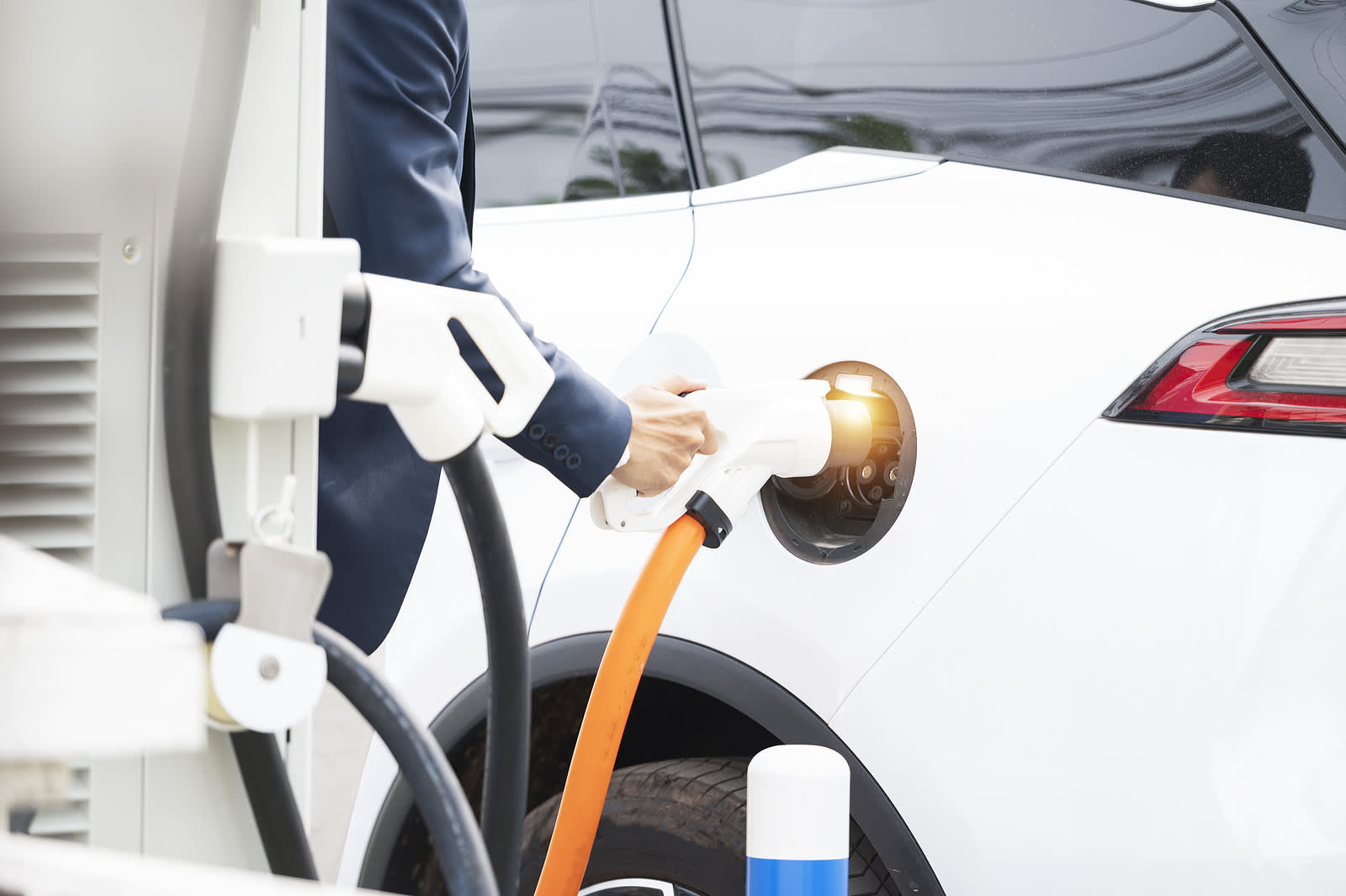How to be sure electrification’s right for your organisation
With the 2035 ban on the manufacture of petrol and diesel vehicles approaching, organisations are recognising that switching to EV fleets will become a necessity before too long. Electrification also has the potential to provide cost savings and reputational benefits.
But – particularly given the initial outlay involved – how do you know if now’s the right time for your organisation to make the transition?

Electrification partners, like Drax, can help. Before recommending any evolution of your fleet – and building a business case to support it – we’ll determine whether there’s mileage in converting your internal combustion engine (ICE) vehicles.
Combining the results of such a suitability assessment with your knowledge of your organisation and its objectives holds the key to defining whether now’s the time to electrify.
Here’s what to cover...
Money talks
The upfront cost of electrification can be high. EVs, charge stations and installations come at a price, and the costs of disruption to business-as-usual can be hard to foresee or to quantify.
So, before you go too much further, you’ll need to consider how your organisation can manage those costs.
There’s some good news, though. Firstly, the Government is offering financial incentives to encourage the implementation of charging facilities. Secondly, certain EV businesses offer financing options to help organisations manage or spread the costs. Leasing vehicles rather than buying them is another way to reduce initial expense.
It’s crucial to calculate the total cost of ownership (TCO). Being able to project a break-even point – where electrification costs balance against projecting existing BAU costs forward – will be vital knowledge in answering your organisation’s decision-makers’ questions.
TCO calculations will need to cover:
- Upfront vehicle costs
- Upfront charging facility costs
- Contract lengths
- Installation costs
- Specialist support costs
- On-site electrical capacity expansion costs (if necessary)
- Charging costs (compared with fuelling costs)
- Estimated mileage
- Tax benefits
- Maintenance and service costs (compared with equivalent costs for ICE vehicles, and factoring in the cost of vehicles’ time off the road)
- Exemptions (savings from avoiding clean-air-zone charges and tolls)
The reputational value of operating an electric fleet or offering charging facilities to visitors (or even the public) can be hard to put a figure against. However, it’s worth mentioning these when talking TCO.
Operational suitability
Another question you’ll need to be able to answer is whether EVs can deliver the operational requirements of your existing fleet(s).
Historically, there were valid concerns about EV range – the distance vehicles can travel on a full charge. Having to stop for charging during a day’s travel isn’t ideal for optimising fleet efficiency. Advances in technology and more and more models coming to the market are helping to quash these fears.
Particularly for logistics or maintenance vehicles, fleet managers were worried about payload, too. Thankfully, EV battery sizes are coming down. So, while equivalent electric vehicles once couldn’t carry as much as a diesel van due to battery size and weight, they can now often carry more.
Even given these developments, you’ll need to be comfortable suggesting that introducing EVs won’t negatively affect your operations. It’s therefore a good idea to run simulations based on factors like daily mileage, rest times and common routes. Vehicle-specific assessments might reveal that certain vans are ‘easy’ to transition, while others may be more problematic without further advances in EV technology.
Electrification experts can help with this. Running a fleet suitability assessment by tracking a number of vehicles over a set time period can generate the data you need to make electrification recommendations.
Strategy fit
Understanding your organisation’s purpose and its strategy for the next couple of years should give you a guide as to whether the time’s right for electrification.
Re-familiarise yourself with the mission statement or any other documents that outline your organisation’s vision, such as the annual report.
Is there a focus on sustainability? Has the organisation pledged to reduce emissions, or is your industry bound by environmental mandates? Perhaps there’s a longer-term aim to reduce operational costs, or to prioritise workforce health and safety? Are there plans for premises upgrades to service staff or attract new employees?
Electrification can deliver against any of these organisation objectives.
If you find strategic fit for the transition to EVs, it’s a good sign your organisation might be ready to make the change. And if you’re looking to sell in the idea, use the relevant strategic pillars you’ve identified to tie the proposal to.
Getting internal support
You might have considered the advice above and decided that now’s clearly not the time for your organisation to make the switch. But if you’ve found that electrification would be financially viable, tie in with strategy and support operational continuity, the next step will involve proving its worth internally.
For your organisation to listen to the case for electrification, you’ll need to identify stakeholders. These are likely to include:
- C-level decision makers themselves – who has the authority to press the button?
- A group of ‘EV evangelists’ who believe now’s the time to electrify
- Ideally, a champion – someone in a position of influence who can act as a proposal sponsor
It’s also worth considering what information – and what level of persuasion – each of these individuals or groups of individuals will need. That will help you identify where best to spend your time building the case.
To mobilise your internal supporters and get an ear with your decision makers, it’s important to be clear, realistic and pragmatic with the plans in your proposal. There should be belief and excitement around an electrification proposal but sensationalising the benefits, while garnering initial interest, may result in longer-term ambivalence.
Read our guide to building your business case.
Building the business case

